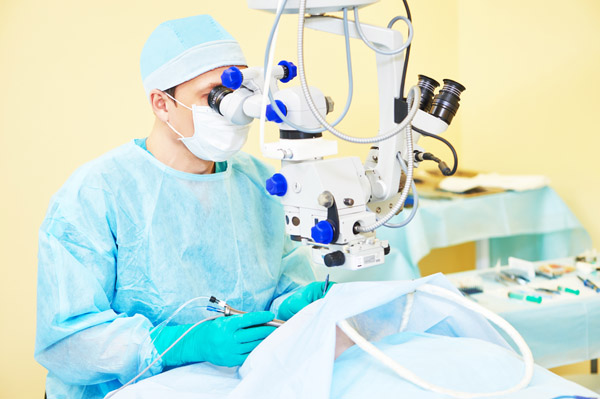
LASIK is an eye surgery which is made to repair the vision in patients with nearsightedness, farsightedness, or astigmatism. All laser surgeries which try to restore vision function by reforming the cornea, which is the translucent region of the eye. This is made so that light moving through it is appropriately concentrated onto the retina placed behind the eye. LASIK is one of the various surgical procedures which are made to reform the cornea.
This particular eye procedure has many benefits, including:
- It repairs vision. It has been studied that almost 96% of patients achieve their desired eyesight following the procedure.
- It is known to be less painful due to the use of numbing drops on the eyes. This is administered under local anesthesia.
- The restoration of vision is instantaneous the moment after LASIK is done.
- To further improve vision as you age, adjustments can be created following the procedure.
- Following this procedure, patients have less reliance to eyeglasses and contact lenses.
In some instances, patients who undergo this procedure often feel discomfort in the first two days following this eye surgery. Although chances are rare, some known side effects include glare, watching through halos on all sides of images, and dry eyes.
Prior to the performance of LASIK eye procedure, you need to speak with your eye surgeon on what to expect during and following the process. At your appointment, your medical history will be assessed and your eyes will be checked thoroughly. In surgery, a femtosecond laser is utilized to make a thin fold in the cornea. The anterior cornea is then peeled and the cornea tissue below it will be reformed with another laser. After the cornea is reformed, the cornea fold is placed back to complete the surgery.
